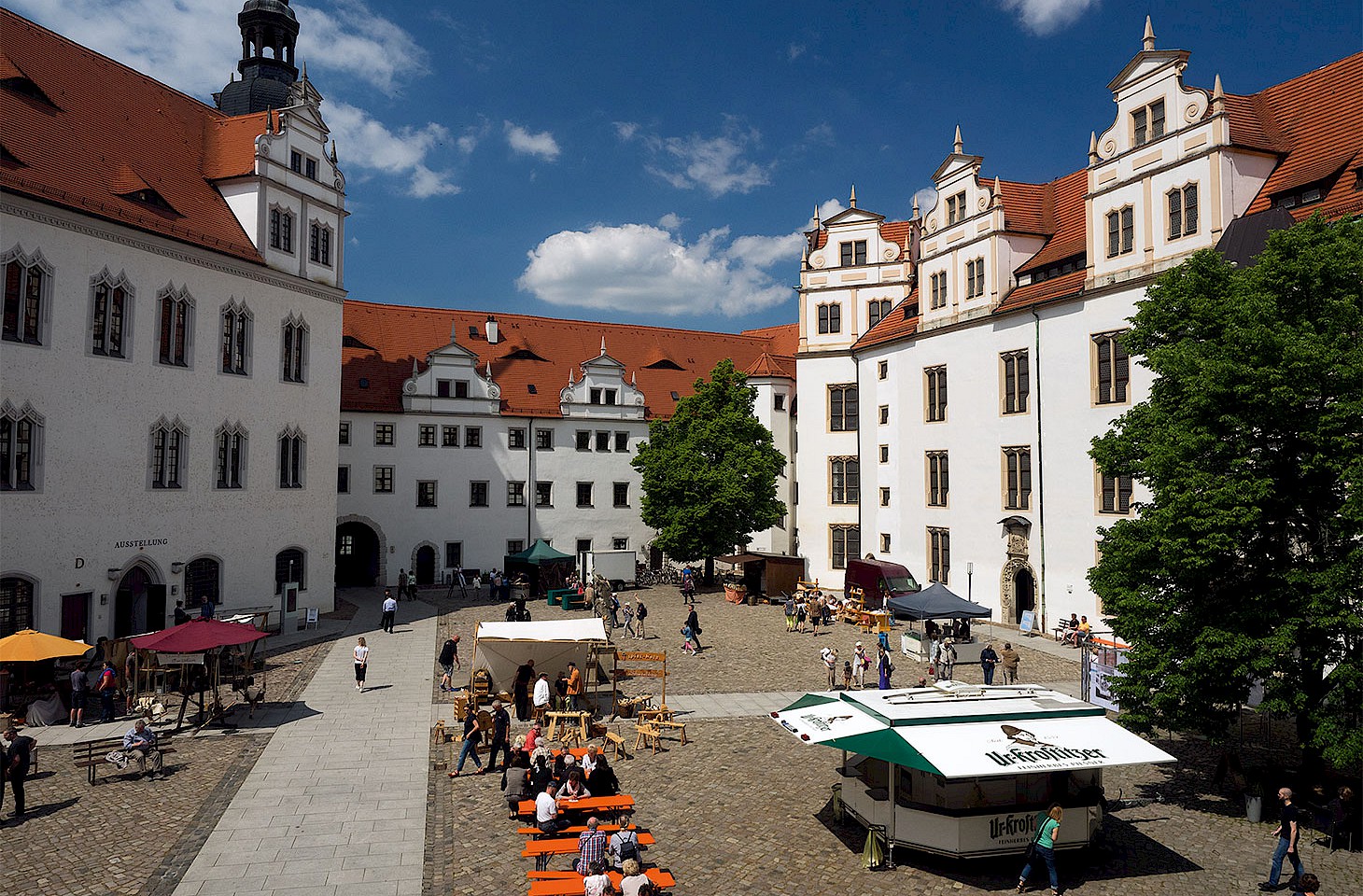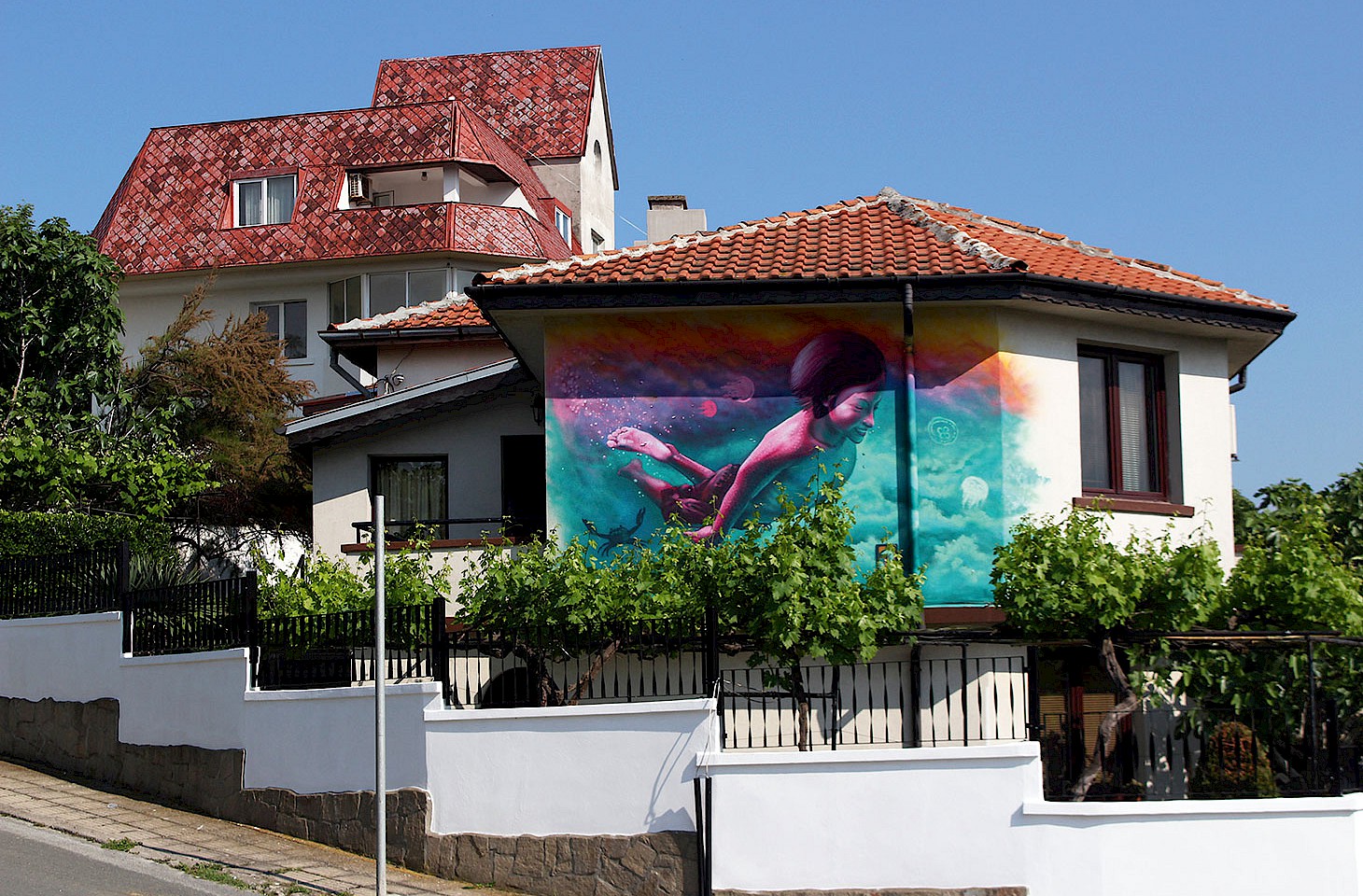We designated 11 November as the official publication date of this issue of hidden europe . It is a day widely celebrated across Europe as the Feast of Saint Martin of Tours. It is often known as Martinmas. In some countries, there are processions of children through the streets, often accompanied by the appearance of the figure of St Martin on a horse. It is a day for feasting. In many respects Martinmas rituals recall those of the Celtic festival of Samhain which marked the start of the darker period of the year — although there are also cultural echoes of Samhain in the traditions of All Hallows Eve.
In Britain and the USA, the 11th day of November has acquired a very particular meaning through its designation as Remembrance Day (in Britain) and Veterans Day (in the United States). The symbolisation of the 11th hour of the 11th day of the 11th month is deeply embedded in Remembrance Day in Britain (and elsewhere in the Commonwealth where Remembrance Day is observed).
Yet the 11-11-11 symbolism predates the signing in November 1918 of the Armistice which signalled the end of the First World War.




